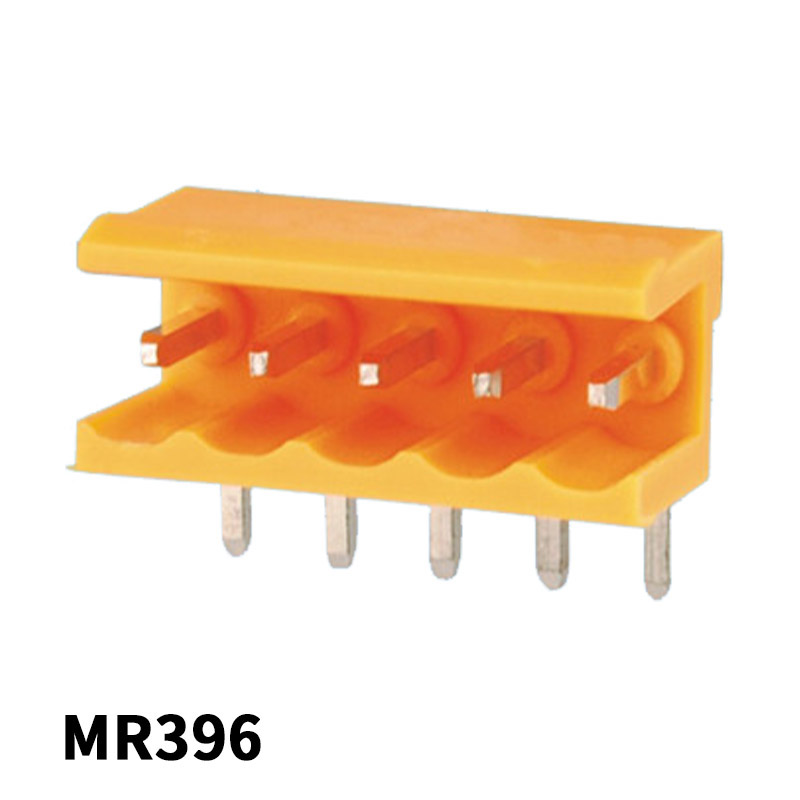Why do most of the terminals of the terminal line have to be surface treated. Mainly from three aspects:
1. Start with the producer
The operator must clean the machine every day to remove the dust, debris and excess oil on the surface of the machine. The stamping guide rail of the terminal machine must be filled with oil once an hour to lubricate the oil filling hole on the top of the terminal machine. excessive. The main speed bearing of the terminal machine must be buttered every week.
2. Protect the terminal reed base material from corrosion;
Most terminal reeds are made of copper alloys, which are usually corroded in the service environment, such as oxidation and sulfide. Terminal plating is to isolate the reed from the environment to prevent corrosion. The plating material, of course, will not corrode, at least in the application environment.
3. Optimize the performance of the terminal surface, establish and maintain the contact interface between the terminals, especially the film control. In other words, it makes it easier to achieve metal-to-metal contact.

Surface optimization: The optimization of terminal surface performance can be achieved in two ways. (1) It lies in the design of the wiring terminal to establish and maintain a stable terminal contact interface. (2) The establishment of metallic contact requires that any surface film is non-existent or will be broken during insertion. There is no difference between the two forms of film and film cracking, which is the difference between precious metal plating and non-precious metal plating. Noble metal plating, such as gold, palladium, and their alloys, is inert and has no film itself. Therefore, for these surface treatments, metallic contact is "automatic". What we have to consider is how to keep the surface of the terminal "noble", free from external factors such as pollution, substrate diffusion, terminal corrosion, etc. Non-metal electroplating, especially tin and lead and their alloys, cover a layer of oxide film, but when inserted, the oxide film is easily broken, and a metallic contact area is established.
Increase the adhesion of the terminal with strong electroplating (such as copper). For metals with poor adhesion, a copper base is usually used to enhance adhesion before electroplating.
Enhance the conductivity of the terminal (such as gold and silver). The conductivity of the original materials such as iron and phosphor copper is usually below 20%. The low-impedance connector cannot meet the requirements, so the surface layer is electroplated with high conductivity such as gold After the metal is reduced, its impedance can be reduced.
Improve the solderability of the terminal (such as tin, gold, etc.) because the material has poor adhesion to tin, and a certain thickness of tin on the surface can improve the solderability of the parts.